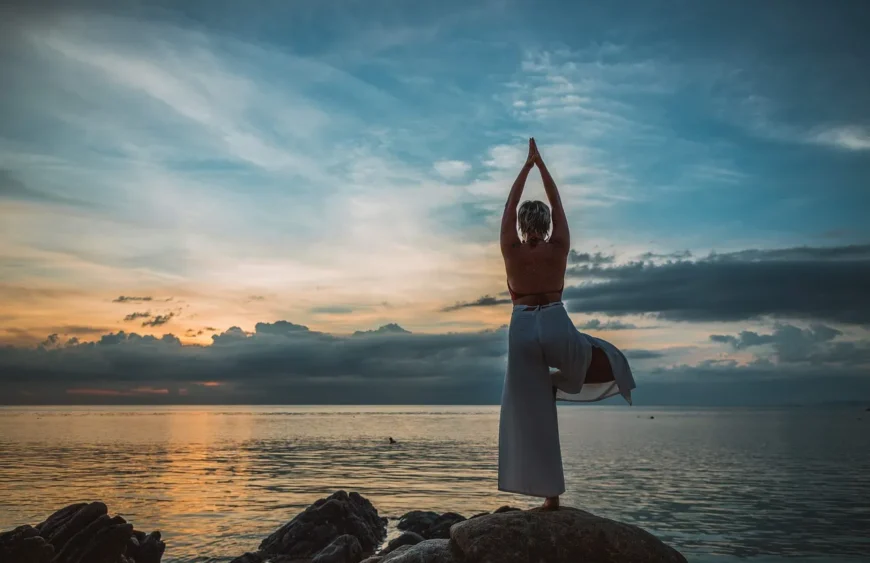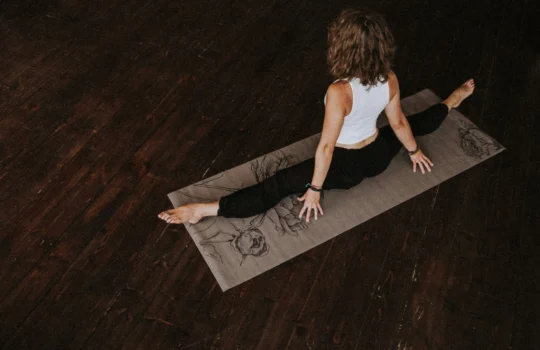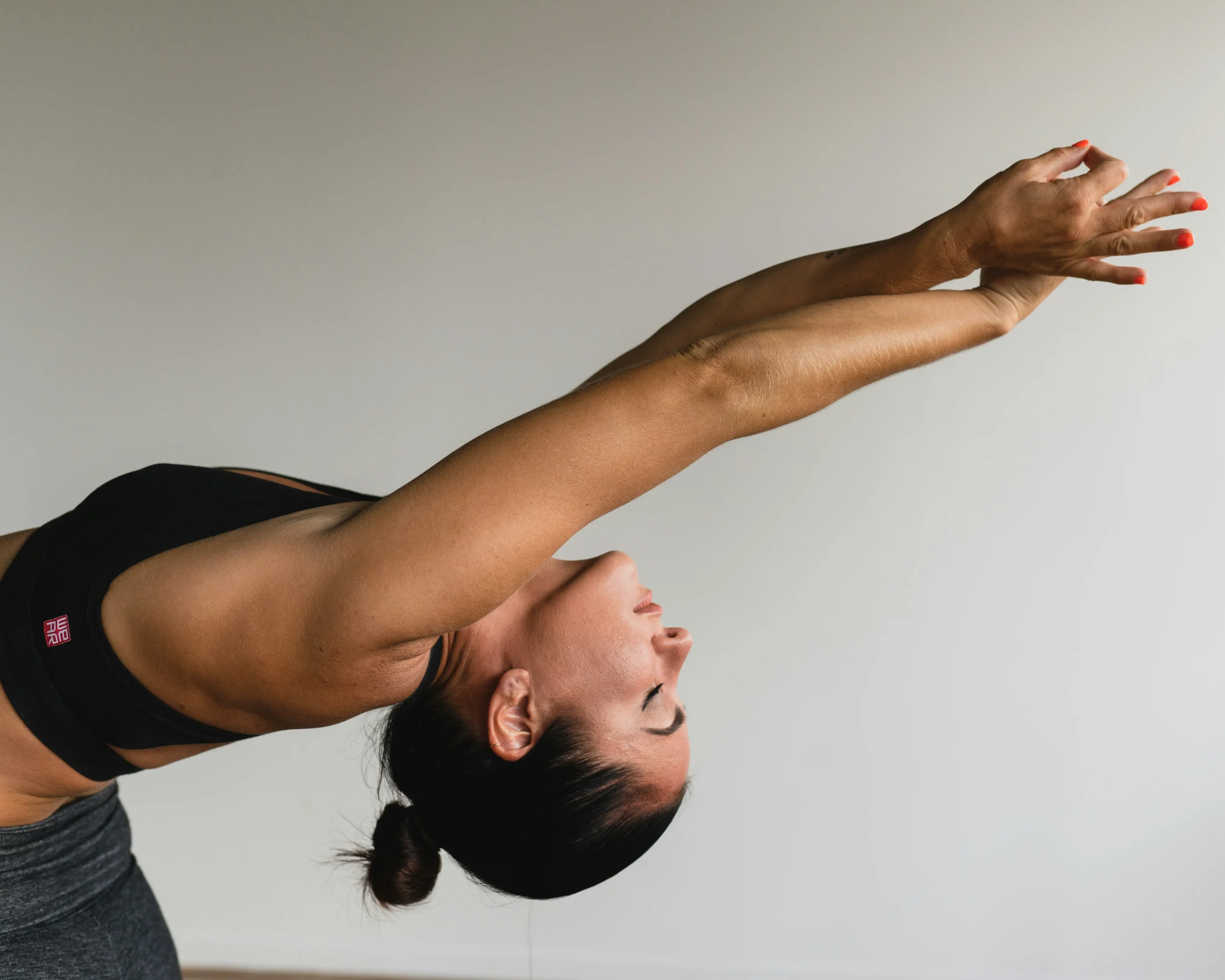Are you looking for a simple yet profound way to transform your yoga poses for self care routine and find a sanctuary of peace in your daily life? Discover how these essential yoga poses can be the key to unlocking a deeper connection with yourself.
Yoga, an ancient practice with roots stretching back thousands of years, emerges not only as a physical exercise but as a holistic approach to nurturing the mind, body, and spirit. Incorporating specific yoga poses into your routine can transcend mere physical activity, becoming a profound form of self-love and care. This guide unveils essential yoga poses that promise to rejuvenate your well-being, ensuring you’re not just surviving, but thriving.
Table of Contents
The Role of Yoga Poses for Self Care
The Mind-Body Connection
Yoga is a unique blend of physical postures, breathing exercises, and meditation that fosters an unparalleled harmony between the mind and body. This connection is the cornerstone of self-care, allowing practitioners to cultivate mindfulness, reduce stress, and enhance emotional resilience. Engaging in yoga poses acts as a conduit for releasing pent-up tension and navigating the complexities of emotions with grace and ease.
The Physical Benefits
Beyond the mental and emotional tranquility it offers, yoga is celebrated for its myriad physical benefits. From improving flexibility and building muscular strength to enhancing cardiovascular health, the physical advantages of yoga are vast. Regular practice can lead to better posture, alleviated pain, and increased energy levels, laying a solid foundation for a comprehensive self-care routine.
A Holistic Approach to Wellness
Yoga transcends physical exercise; it’s a lifestyle that encourages holistic wellness. Through the practice of yoga poses, one embarks on a journey of self-discovery and self-improvement. It teaches the importance of balance, not just on the mat but in every facet of life. Whether it’s through a calming child’s pose or an empowering warrior pose, yoga offers invaluable lessons in taking care of oneself.
Accessibility and Adaptability
One of the most beautiful aspects of yoga is its accessibility and adaptability. Regardless of age, fitness level, or experience, there’s a place for everyone in the world of yoga. This inclusivity makes it a perfect addition to any self-care regimen, allowing individuals to tailor their practice to their specific needs and preferences.
In the following sections, we will explore essential yoga poses that cater to various aspects of self-care, ensuring you have the tools to nurture your well-being effectively.
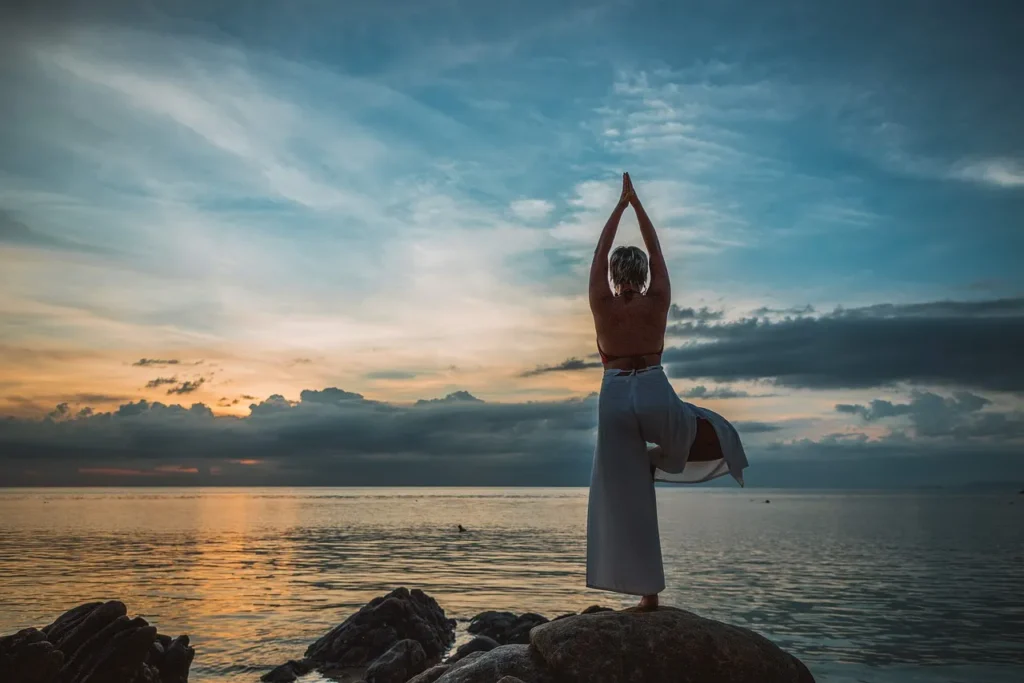
Understanding Yoga Poses for Self-Care
Before diving into the specific poses, it’s crucial to grasp the importance of intentionality and mindfulness in yoga practice. Yoga is not just about physical movement; it’s a practice that encompasses mental, emotional, and spiritual health. When approaching yoga for self-care, understanding the purpose behind each pose and the benefits it offers can enhance the overall experience, making it more meaningful and beneficial.
The Mind-Body Connection
Yoga poses, or asanas, are designed to align your body and mind, facilitating a deep state of presence and mindfulness. This connection is vital for self-care, as it helps in managing stress and anxiety, fostering a sense of peace and calmness.
The Physical Benefits
Each yoga pose targets specific areas of the body, offering a range of physical benefits, including improved flexibility, strength, and posture. Understanding these benefits allows practitioners to focus on poses that meet their personal self-care needs, whether that’s relieving back pain, enhancing digestion, or boosting energy levels.
Emotional and Mental Wellness
Yoga poses also play a significant role in emotional and mental wellness. Practices like deep breathing, meditation, and mindful movement help in releasing emotional blockages, improving mood, and enhancing mental clarity. Recognizing the poses that offer these benefits can be a powerful addition to your self-care arsenal.
Essential Yoga Poses for Self-Care
Embarking on a journey through yoga for self-care, here are ten essential poses that cater to various aspects of well-being. Each pose is a step towards a more balanced and cared-for self.
1. Child’s Pose (Balasana)
A grounding pose that promotes relaxation and stress relief. It gently stretches the back, hips, and thighs while calming the mind and easing stress and anxiety.
2. Downward-Facing Dog (Adho Mukha Svanasana)
This energizing pose strengthens the arms, legs, and back while improving circulation and promoting mental clarity.
3. Warrior II (Virabhadrasana II)
A powerful pose that builds strength and endurance. It focuses on the legs, groin, and shoulders, fostering concentration and stamina.
4. Triangle Pose (Trikonasana)
Enhances flexibility and balance, stretches the spine, and opens the chest and shoulders. It’s also known for stimulating abdominal organs, aiding in digestion.
5. Cat-Cow Stretch (Marjaryasana-Bitilasana)
Improves spinal flexibility and relieves tension in the torso and neck. This flowing movement also encourages emotional balance and stress relief.
6. Cobra Pose (Bhujangasana)
Strengthens the spine and shoulders, promotes flexibility in the chest and lungs, and invigorates the heart. It can help alleviate fatigue and soothe sciatica.
7. Seated Forward Bend (Paschimottanasana)
Calms the brain, relieves stress, and stretches the spine, shoulders, and hamstrings. It also stimulates the liver, kidneys, ovaries, and uterus.
8. Bridge Pose (Setu Bandhasana)
Strengthens the back muscles, stretches the chest, neck, and spine, and reduces anxiety and depression. It’s particularly beneficial for those spending long hours sitting.
9. Supine Twist (Supta Matsyendrasana)
Offers a deep, relaxing stretch for the spine and shoulders, aids in digestion, and helps relieve stress and tension.
10. Savasana
Although it appears simple, this pose is profound, promoting deep relaxation for the body and mind. It’s an essential conclusion to any yoga practice, allowing the body to absorb the benefits of the session.
Incorporating These Yoga Poses into Your Routine
Integrating yoga into your daily life can seem daunting, but with a few strategic approaches, it can become a seamless and enjoyable part of your self-care regimen.
Start Small and Build Gradually
Begin with just a few poses, perhaps starting with Child’s Pose, Downward-Facing Dog, and Savasana. As you become more comfortable, gradually introduce more poses into your practice. Remember, consistency is key, not the length of your practice.
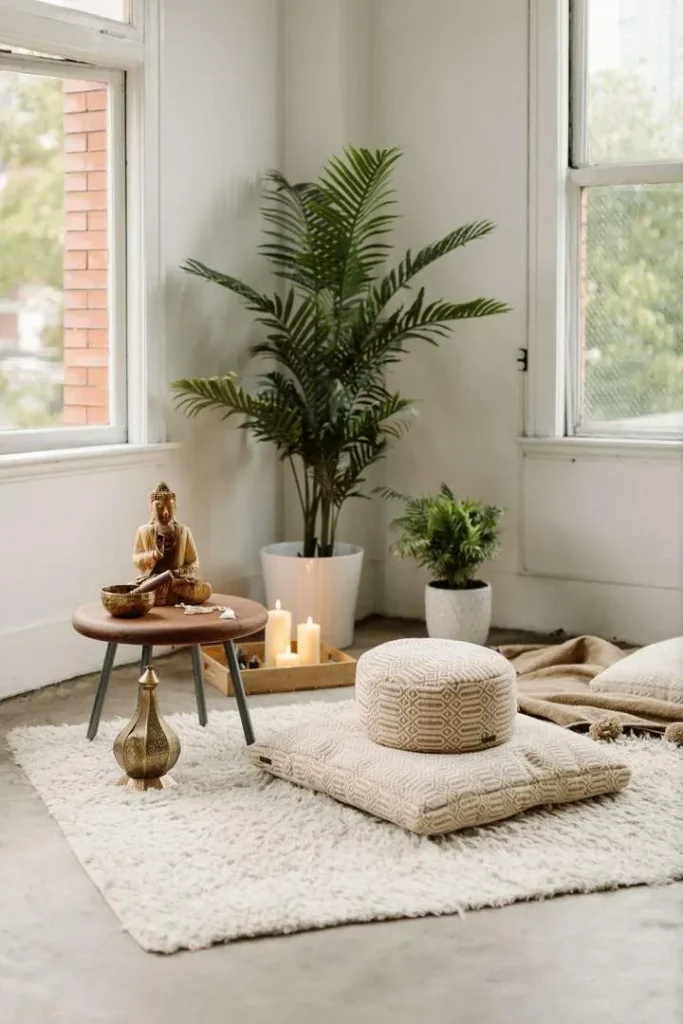
Create a Dedicated Space
Designate a specific area in your home for yoga, where you won’t be disturbed. This creates a physical and mental space dedicated to your practice, making it easier to step into your yoga routine.
Set a Regular Time
Whether it’s first thing in the morning, during a lunch break, or before bed, find a time that works for you and stick to it. Regularity helps to establish yoga as a habit in your self-care routine.
Listen to Your Body
Pay attention to how your body feels during each pose and adjust accordingly. Yoga is not about forcing your body into positions, but rather about finding a balance of effort and ease in each pose.
Use Resources
There are numerous online classes, apps, and books available for beginners. These can guide you through each pose and help structure your practice as you learn.
Overcoming Common Challenges
Lack of Time
Many people struggle to find time for yoga. Consider integrating yoga into breaks you already take, such as a short session during lunch or incorporating yoga poses during TV commercials.
Feeling Intimidated
It’s common to feel intimidated, especially when starting. Remember, yoga is a personal journey, not a competition. Focus on your own progress and practice without comparing yourself to others.
Physical Limitations
If certain poses are challenging due to physical limitations, look for modifications or use props like yoga blocks and straps to help achieve the pose. Yoga is adaptable and can be modified to suit everyone’s needs.
Staying Motivated
Set small, achievable goals, such as completing a certain number of sessions per week or mastering a specific pose. Tracking your progress can also provide motivation and a sense of achievement.
Finding the Right Routine
Experiment with different types of yoga and poses to find what you enjoy and what benefits you the most. Your yoga practice should be something you look forward to, not a chore.
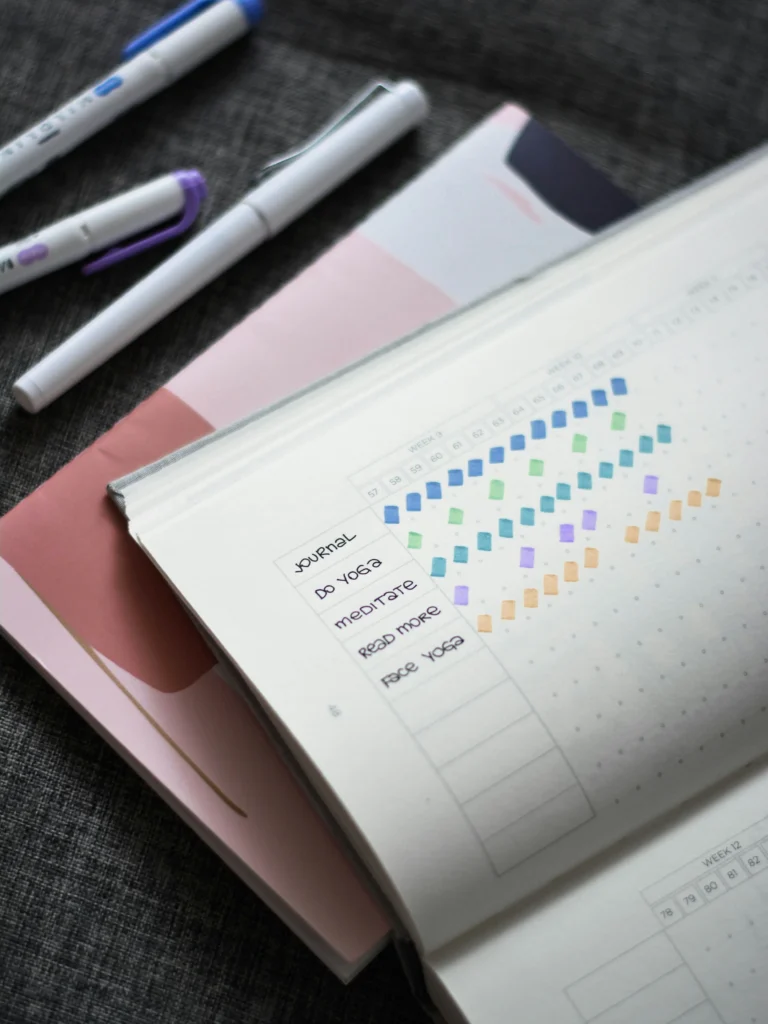
Resources and Next Steps
As you embark or continue on your yoga journey, an abundance of resources are at your fingertips to guide and enhance your practice.
Online Yoga Platforms
Platforms such as Yoga with Adriene, Gaia, and Glo offer a wide range of classes tailored to all levels and goals. These can be particularly useful for those who prefer guided sessions or are looking to explore different styles of yoga.
Yoga Apps
Apps like Down Dog, Daily Yoga, and Asana Rebel provide customizable yoga routines, making it easier to fit yoga into a busy schedule. They often feature guided sessions, progress tracking, and a variety of difficulty levels.
Books and Magazines
For those who appreciate a deeper dive into the philosophy and techniques of yoga, books such as “Light on Yoga” by B.K.S. Iyengar and magazines like “Yoga Journal” offer valuable insights and practices.
Local Yoga Classes
Joining a local yoga class can offer a sense of community and personalized guidance. It’s also a great way to stay motivated and receive direct feedback from experienced instructors.
Workshops and Retreats
Participating in yoga workshops and retreats can significantly deepen your practice. These experiences offer immersive learning opportunities and the chance to connect with fellow yoga enthusiasts.
Setting Goals
As you explore these resources, consider setting personal goals for your yoga practice. Whether it’s improving flexibility, mastering a challenging pose, or developing a daily practice, having clear objectives can guide your journey and keep you motivated.
Conclusion
Yoga is more than just a series of poses; it’s a pathway to deeper self-care, offering benefits that extend far beyond the mat. From enhancing physical flexibility and strength to promoting mental clarity and emotional equilibrium, yoga poses are powerful tools for nurturing oneself. Incorporating yoga into your self-care routine can transform your well-being, providing a sanctuary of peace and balance in the chaos of everyday life.
As we’ve explored essential yoga poses and how to weave them into daily life, remember that the journey of yoga is deeply personal and uniquely yours. Whether you’re a seasoned practitioner or new to the practice, each pose offers an opportunity to discover more about yourself and how to care for your well-being.
With the resources and steps outlined, you’re well-equipped to deepen your practice and continue on the path of self-care through yoga. Embrace the journey with an open heart and mind, and let the transformative power of yoga enrich your life in countless ways.

